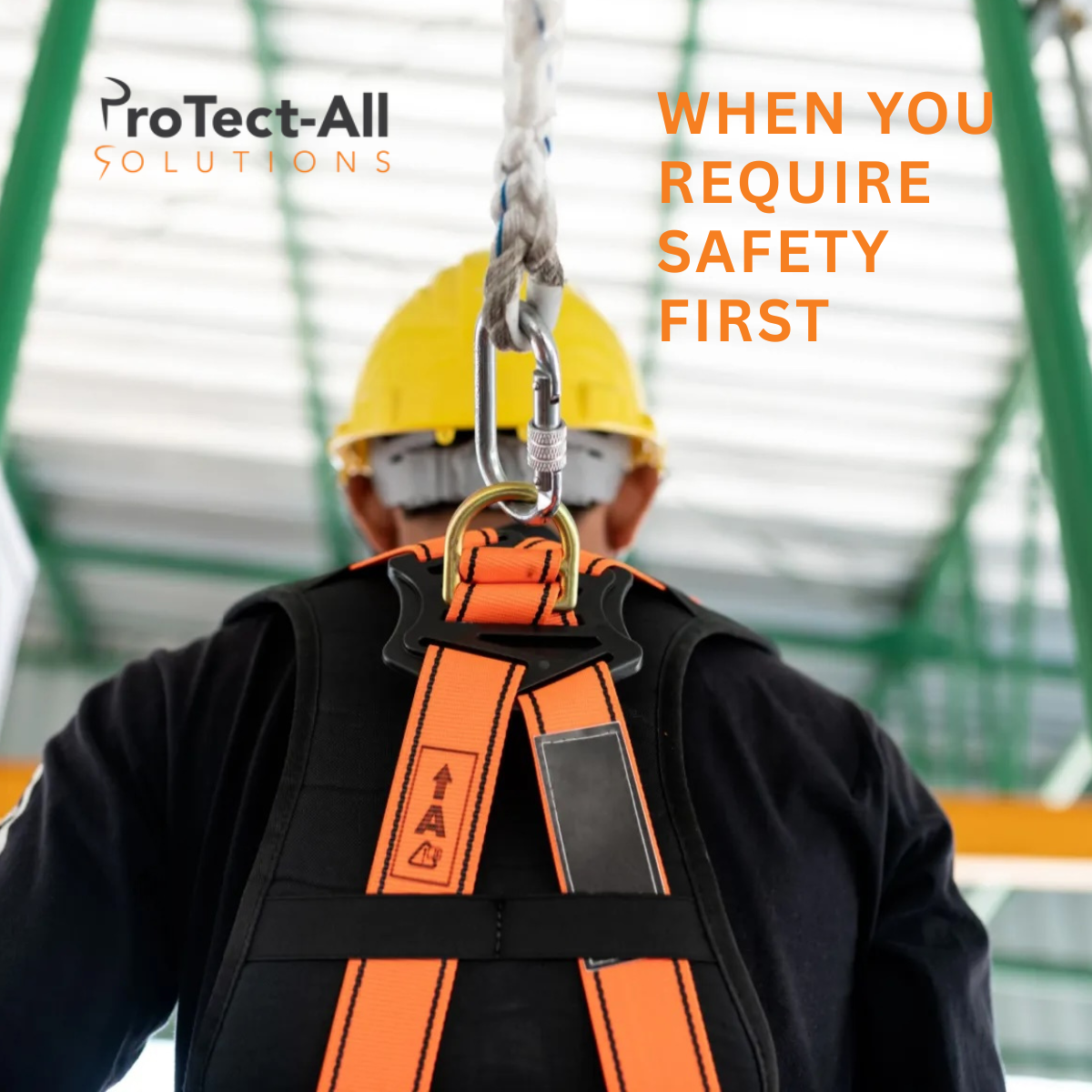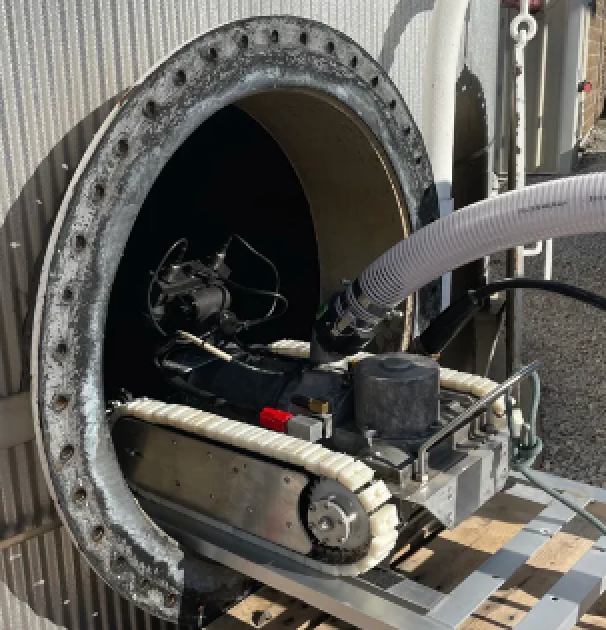54 Years of Misinformation: Squat Lifting is Still Not Safer Than Stoop Lifting
as originally published on Occupational Health & Safety
Recent research shows that neither squat lifting nor stoop lifting techniques are safer, emphasizing the role of lift frequency, object weight, lift height, and individual capability to reduce injury risk.
BY BLAKE MCGOWAN, DANIEL TIMCO, ANDREW WRIGHT
MAY 31, 2024
Even more research has just confirmed that squat lifting (knees bent and back straight) techniques are no safer than stoop lifting (knees straight and back bent) techniques when picking up heavy objects. Both techniques pose a high risk of injury to the spine, regardless of posture. This confirms that lifting heavy objects from the ground can lead to back problems. The study found that both squat and stoop lifting techniques place a significant amount of strain on the spine, with squat lifting actually resulting in slightly higher forces. This debate over whether squat lifting or stoop lifting is safer has been ongoing since the 1970s. Research in the late 1990s did not find clear evidence favoring either technique for preventing back pain. Despite this, the use of proper lifting techniques in the workplace is still being discussed.
New Data Confirms Squat Lifting Not Superior to Stoop Lifting
Even though wearables that promote proper lifting posture are largely ineffective at reducing the load on a worker’s back, other wearable technology that focuses on the important aspects of lifting is highly effective.
New wearable technology is being used to validate that lifting stress is best avoided in the following ways:
- Limit the frequency of lifts (i.e., more lifts, the more risk).
- Limit the weight of the object (i.e., it’s not a one-size-fits-all scenario).
- Control the height at which the object is being lifted (i.e., worse on the ground or above the shoulders).
- Monitor the capability of the person lifting (i.e., fitness, muscle strength, etc.)
Let’s take a look at some physiological and behavioral data collected from a research-grade wearable (smartwatch) to validate that lifting posture is irrelevant and that the four items listed above are most critical.
Two important wearable outputs that can be used to determine lifting stress on the worker are:
- Heart rate (BVP). Occupational heavy lifting is known to impose a high cardiovascular strain and can be measured by tracking BVP (Blood Volume Pulse).
- Emotional response (EDA). Heavy lifting causes emotional responses in workers. These emotional responses can be measured using EDA (Electrodermal Activity). EDA is a measure of changes in the skin’s conductivity triggered by emotional responses.
Using a smartwatch to measure heart rate and EDA can determine the magnitude and duration of the body’s response to lifting various objects in the workplace.
Above: Data from a light 28-pound lift.
The heavier or more stressful the lift, the greater the initial spike from baseline for EDA and BVP. This gives two more important reference points for measuring lifting stress.
Back to proving that squat lifting is no safer than stoop lifting, the data shows a healthy male who lifted 56 pounds for 5 seconds. The initial spike from baseline in emotional response (EDA) was very close for both stoop and squat (stoop was actually slightly better). The stress on the heart (BVP) was also very close for both stoop and squat (stoop performing slightly better again).
Continue to OH&S Online for the balance of the article!


